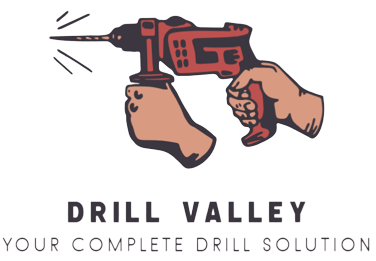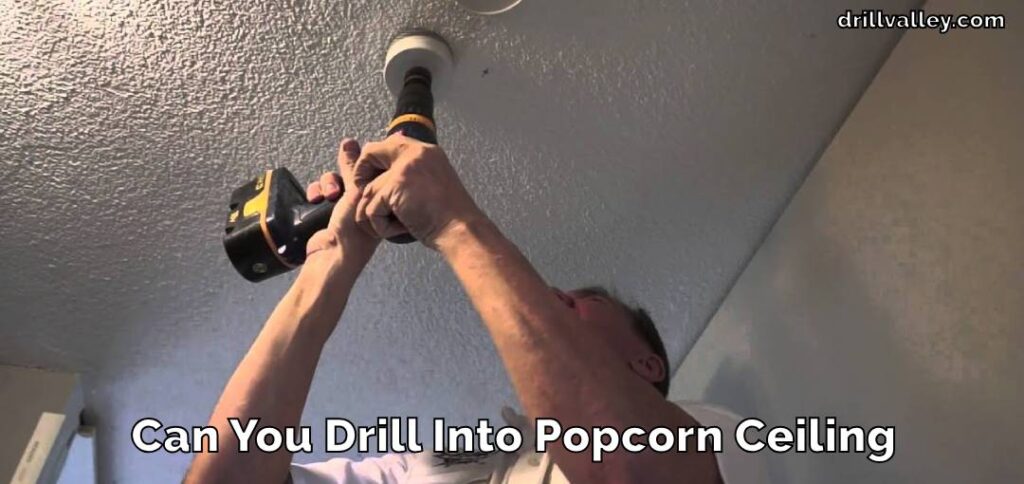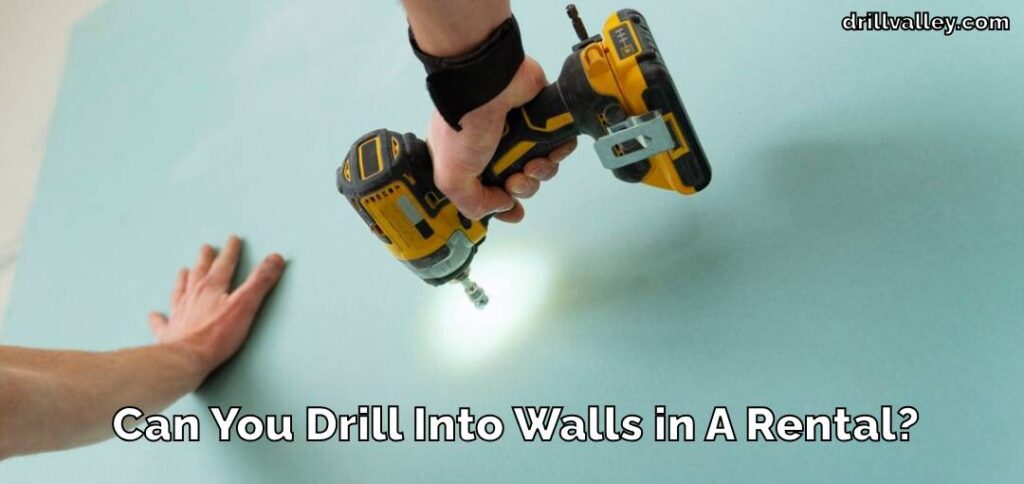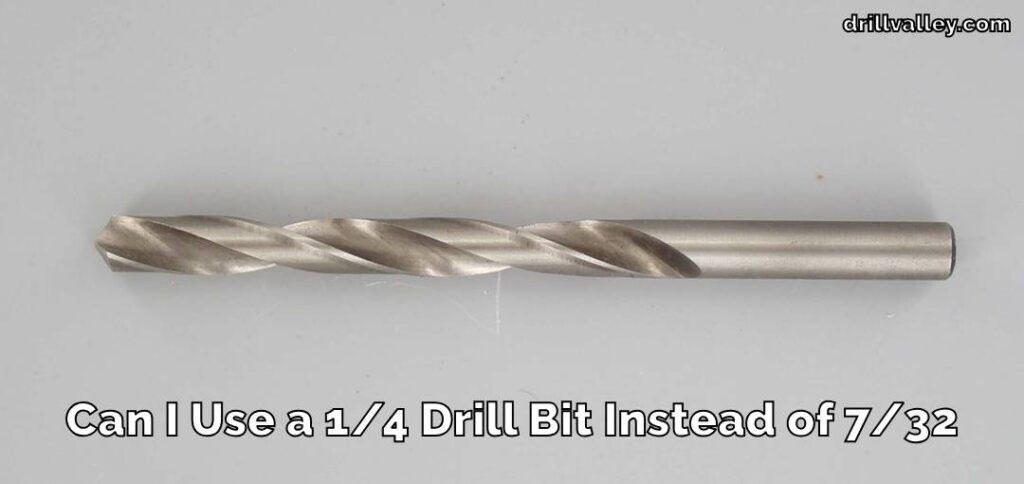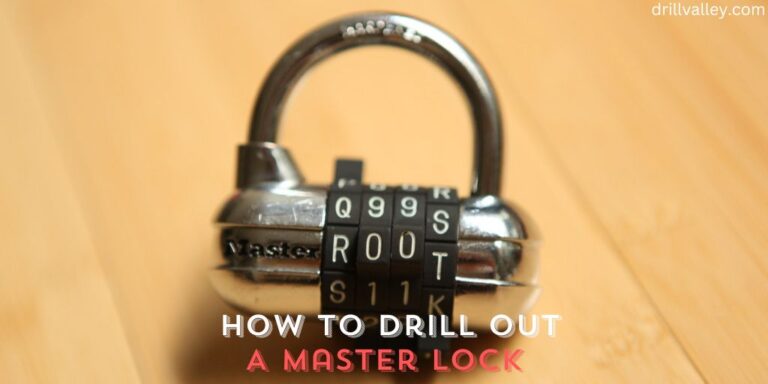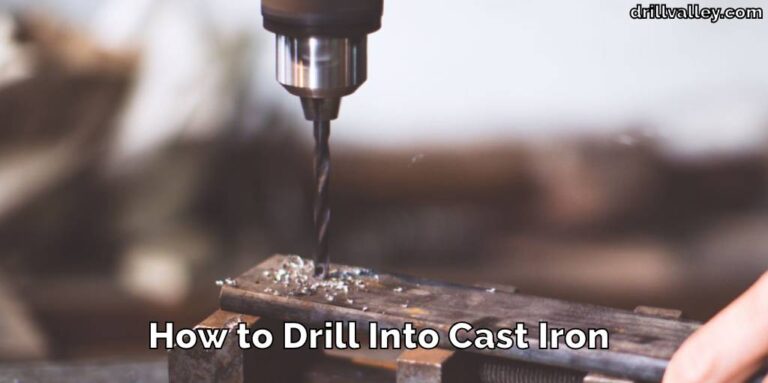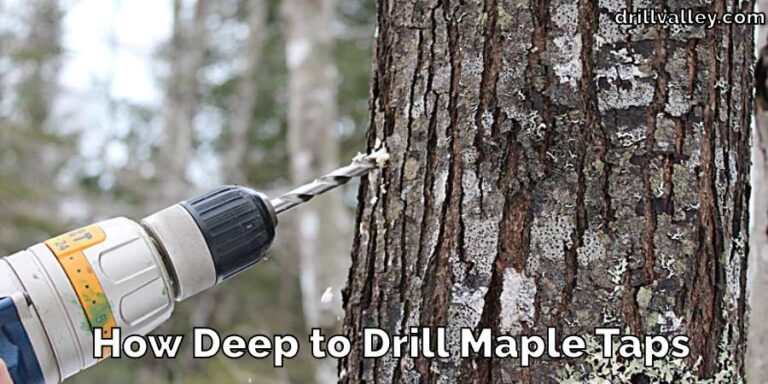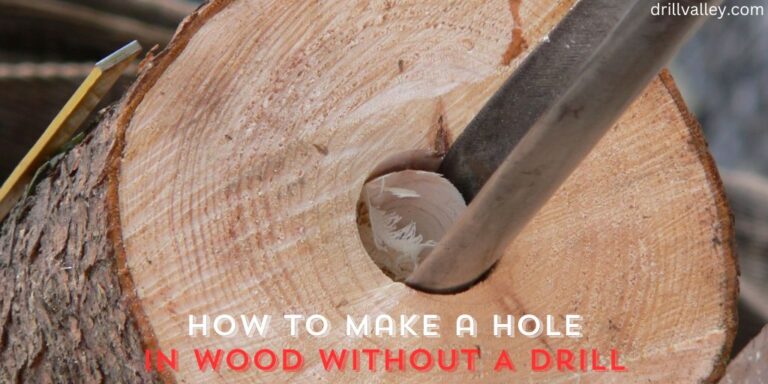How to Drill a Hole in A Coin
Drilling a hole in a coin might seem simple, but it does need you to be careful and precise. Whether you’re looking to make some unique jewelry, a special gift, or just want to try a fun DIY project, knowing how to drill a coin properly is important.
This guide is here to walk you through the process of how to drill a hole in a coin, what tools you’ll need, and the important safety steps you should follow. We’ve put together straightforward, clear instructions to help you complete your coin-drilling project successfully.

We want to make sure you can achieve what you’re aiming for with your coin, but we also want you to stay safe and do the job efficiently. By the time you’re done reading this guide, you’ll be ready to turn a plain coin into something special, whether that’s a piece of jewelry, a keychain, or whatever else you have in mind.
Why You Need to Drill a Hole in A Coin
Drilling holes in coins is a practice with many creative and practical uses. For those who enjoy crafts and personalization, it presents an opportunity to transform everyday coins into one-of-a-kind items such as necklaces, keychains, or unique decorative pieces.
These homemade creations can hold special meaning, offering a personalized touch to everyday objects. In educational contexts, particularly in physics or art classes, the process of drilling a coin is an excellent way to teach students about the physical properties of metals.
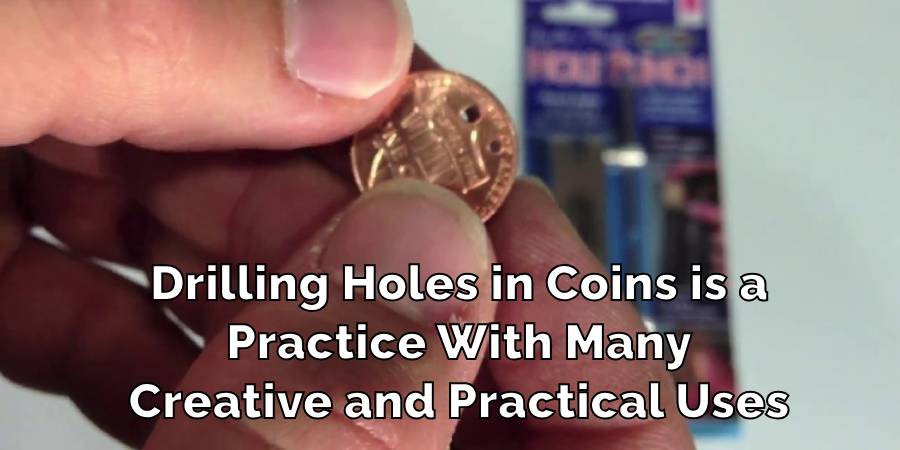
It also introduces them to the basics of working with tools and materials, fostering a hands-on understanding of craftsmanship. This activity can spark curiosity and interest in both the science and art behind metalworking.
Additionally, for many people, drilling a hole in a coin is a way to express their artistic side or enjoy a satisfying do-it-yourself project. It’s not just about making a hole in a coin it’s about the challenge of doing it neatly and precisely.
It can be a fun and fulfilling way to spend time, especially for those who like to create and build things themselves. No matter the motivation, drilling a coin effectively is about mastering the right techniques.
This ensures the coin’s structure remains intact and the final product meets your vision. Whether the goal is to make something beautiful, to learn, or simply to enjoy the process, drilling a coin requires careful planning and execution.
Tools We Need to Drill a Hole in A Coin
Before beginning the process of drilling a hole in a coin, it’s important to gather the right tools. These tools not only make the task easier but also ensure that it’s done safely and accurately. Here is a list of essential items you will need:
- High-speed Drill: This is the primary tool for drilling. It should be powerful enough to penetrate the coin’s metal without causing damage.
- Small Drill Bit: Choose a drill bit that is appropriate for the type of metal your coin is made of. The size and strength of the bit are crucial for precise drilling.
- Clamps or Vise: These are used to securely hold the coin in place while drilling. This is important for safety and to prevent the coin from moving.
- Safety Goggles: Protecting your eyes is essential. Safety goggles will help shield your eyes from any metal shavings or debris.
- Gloves: Wearing gloves protects your hands from sharp edges and enhances your grip on the tools.
- Marking Pen: This is used to accurately mark the spot on the coin where you intend to drill the hole.
Having these tools at hand before starting your project will not only make the process smoother but will also help in achieving a more professional result. Remember, the right tools are as important as the skill in completing such delicate tasks.
How to Drill a Hole in A Coin
Drilling a hole in a coin is a precise task that involves several steps. Here’s a detailed guide to help you through the process:
Choosing the Right Drill Bit
The first step is to select the appropriate drill bit. For coins made from softer metals like copper or nickel, a standard high-speed steel drill bit is suitable.
If you’re working with harder metals, consider using a cobalt or titanium-coated drill bit. The right drill bit ensures efficient drilling without damaging the coin.
Marking the Spot
Once you have your drill bit, the next step is to mark the exact spot on the coin where you want the hole. It’s important to be precise here. Use a fine-tipped marker for accuracy, as this will be your guide when you start drilling.
Securing the Coin
To drill safely, you need to secure the coin. Use a clamp or a vise to hold the coin firmly in place. This is a crucial step because it prevents the coin from spinning or moving, which could lead to accidents or uneven drilling.
Starting the Drill
When you begin to drill, start at a low speed. Gradually increase the speed as you go. This technique helps in preventing the drill bit from slipping off the mark. It’s all about control and letting the drill gradually pierce through the metal.
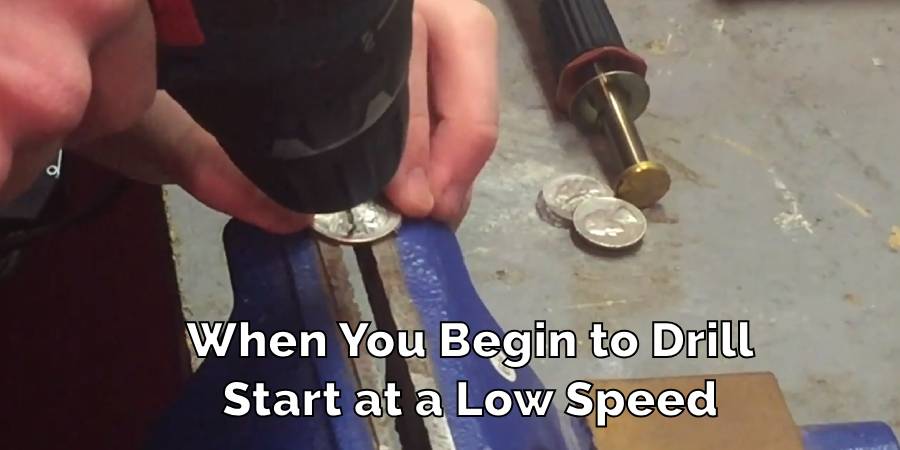
Drilling the Hole
As you drill, apply gentle pressure. It’s important to let the drill do most of the work. If you push too hard, you might break the drill bit or damage the coin. Steady, controlled drilling will result in a clean hole.

Finishing Up
After drilling the hole, your work isn’t quite finished. You’ll likely find some rough edges or small burrs around the hole. To smooth these out, use a small file or a piece of fine-grit sandpaper. This will make the coin safe to handle and give it a more polished look.
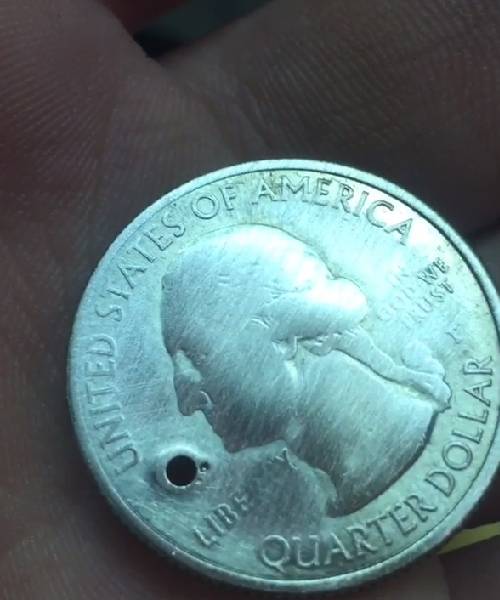
Inspecting Your Work
Finally, take a moment to inspect the coin. Ensure the hole is smooth and the coin hasn’t been overly scratched or damaged during the process. A well-drilled hole should look clean and neat.
By following these steps, you can drill a hole in a coin successfully. Remember, patience and precision are key to achieving the best result. With the right tools and a steady hand, you can turn a regular coin into a component of a craft project or a unique piece of jewelry.
Precaution While Drilling a Hole in A Coin
Safety should always be your top priority when drilling a hole in a coin. Here are some important precautions to keep in mind:
- Wear Safety Goggles and Gloves: Before starting, make sure to put on safety goggles and gloves. The goggles will protect your eyes from any metal filings or dust that might fly up during the drilling process. Gloves will keep your hands safe from sharp edges and improve your grip on the tools.
- Ensure Proper Lighting: Good lighting is crucial. Work in a well-lit area so you can see what you are doing. This helps in avoiding mistakes and reduces the risk of accidents.
- Create a Distraction-Free Zone: Keep your work area free from distractions. This means working in a quiet space where you won’t be interrupted. Distractions can lead to accidents, so it’s important to focus fully on the task.
- Never Force the Drill: When drilling, let the drill bit do the work. Apply gentle pressure and do not force the drill. Forcing it can break the drill bit or damage the coin. If you feel resistance, stop and check if everything is set up correctly.
- Check Your Tools Before Starting: Make sure your drill and drill bit are in good condition before you begin. Using damaged or worn-out tools can be dangerous and yield poor results.
- Secure the Coin Properly: Before drilling, double-check that the coin is firmly secured in the clamp or vise. A loose coin can spin uncontrollably and cause injuries.
- Keep a First Aid Kit Nearby: In case of minor injuries, it’s always a good idea to have a basic first aid kit within reach.
- Work in a Stable Environment: Ensure your working surface is stable and not wobbly. A stable work environment adds to your control over the drilling process.
By following these safety precautions, you can minimize the risk of accidents and injuries. Remember, taking a few extra minutes to prepare and focus on safety can make a big difference in ensuring a successful and safe drilling experience.
FAQ’s
Can You Legally Drill Holes in Coins?
In many countries, it is perfectly legal to drill holes in coins if you are doing it for artistic or craft projects. The key point here is the intention behind the alteration.
It’s important not to use drilled coins fraudulently, like trying to pass them off as something they are not. Check your local laws to be sure, as regulations can vary.
How Do You Make a Hole in a Penny Without a Drill?
If you don’t have a drill, you can use a strong nail and a hammer to make a hole in a penny. This method requires careful aiming and a steady hand.
Place the penny on a hard, stable surface, mark the spot where you want the hole, and gently tap the nail with the hammer until it pierces through the penny. This approach is less precise than using a drill and might bend or damage the penny if not done carefully.
Is It Hard to Drill Through a Penny?
Drilling through a penny is generally not very difficult because pennies are made of copper, which is a softer metal.
This means that with the right drill bit, you can drill through a penny more easily than through coins made of harder metals. However, it still requires careful handling to ensure a clean hole and to avoid damaging the coin.
Is It Illegal to Crush Coins?
Similar to drilling, crushing coins for artistic or educational purposes is usually legal. The legality is based on the intention it’s illegal to crush coins if you plan to use them fraudulently. Again, it’s wise to check your local laws to be certain.
Can I Drill a Hole Anywhere?
Technically, you can drill a hole anywhere on a coin, but for the best results and to maintain the coin’s structure, it’s advisable to avoid drilling too close to the edge.
Drilling near the edge can weaken the coin and may cause it to split or break. Ideally, choose a spot that’s centrally located to ensure the coin remains stable and intact.
Conclusion
Drilling a hole in a coin is a unique blend of craftsmanship and creativity. It’s an engaging task for both experienced DIY enthusiasts and beginners. Following the steps outlined ensures a safe and successful drilling experience.
The key lies in patience and accuracy. Equipped with the right tools and mindful of safety precautions, you can transform ordinary coins into personalized keepsakes or elements of artistic projects.
This process is not just about creating a hole in a coin it’s about exploring your creativity and enjoying the satisfaction of crafting something unique with your own hands. This article has explored how to drill a hole in a coin.
Can You Use Impact Driver Bits in A Drill
Knowing whether you can swap impact driver bits into a regular drill matters more than…
Can You Drill Into Popcorn Ceiling
Wondering Can You Drill Into Popcorn Ceiling for your next home improvement project? Popcorn ceilings,…
Can You Drill Into Walls in A Rental?
Renting an apartment brings the challenge of personalizing your space within the confines of rules…
Can I Use a 1/4 Drill Bit Instead of 7/32
When you’re elbows deep in a project and suddenly realize the 7/32 drill bit you…
Can You Drill Concrete Without A Hammer Drill
Drilling into concrete requires both precision and the right tools, notably a hammer drill and…
Can You Use Different Brand Drill Bits?
The right drill bit size is crucial for any project, big or small. It’s the…
